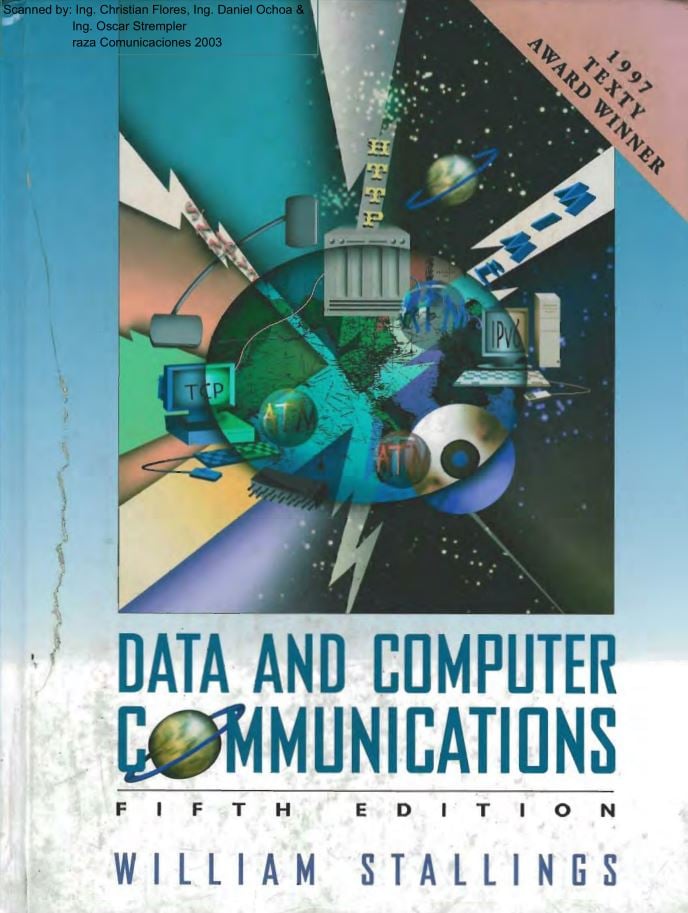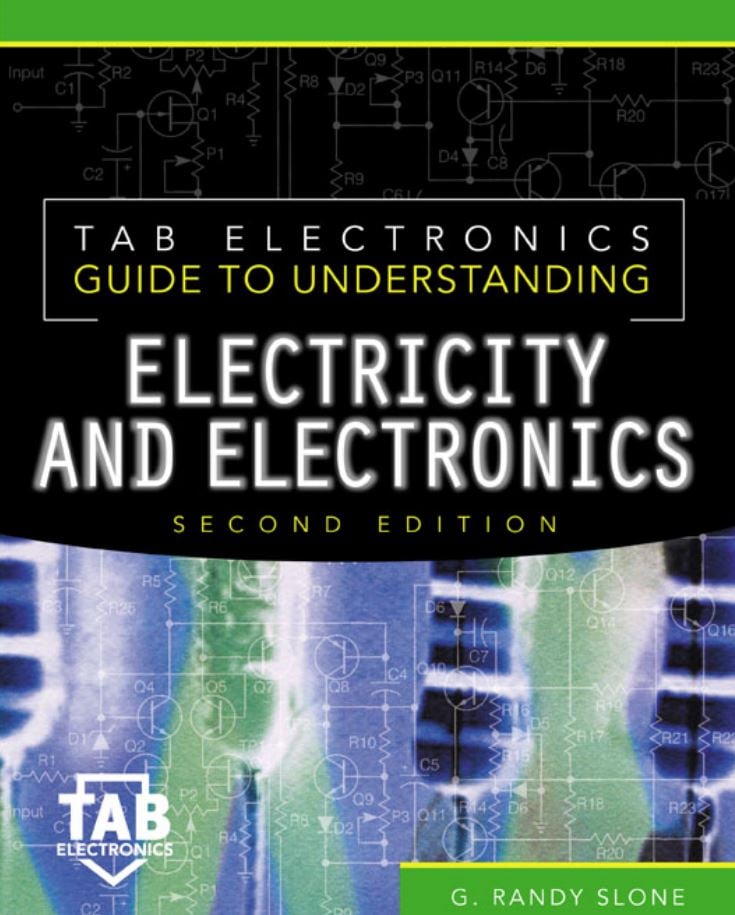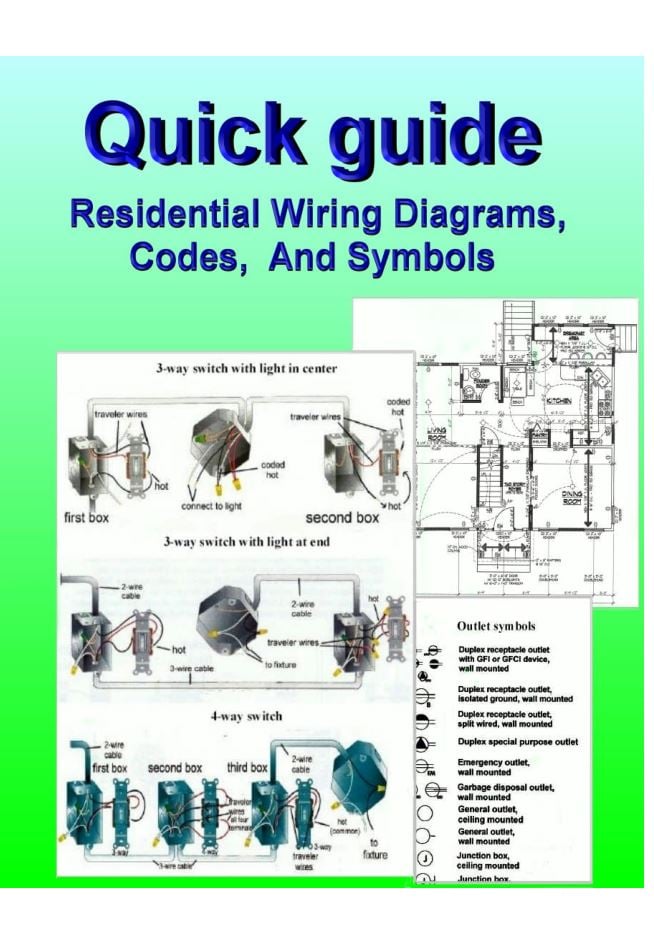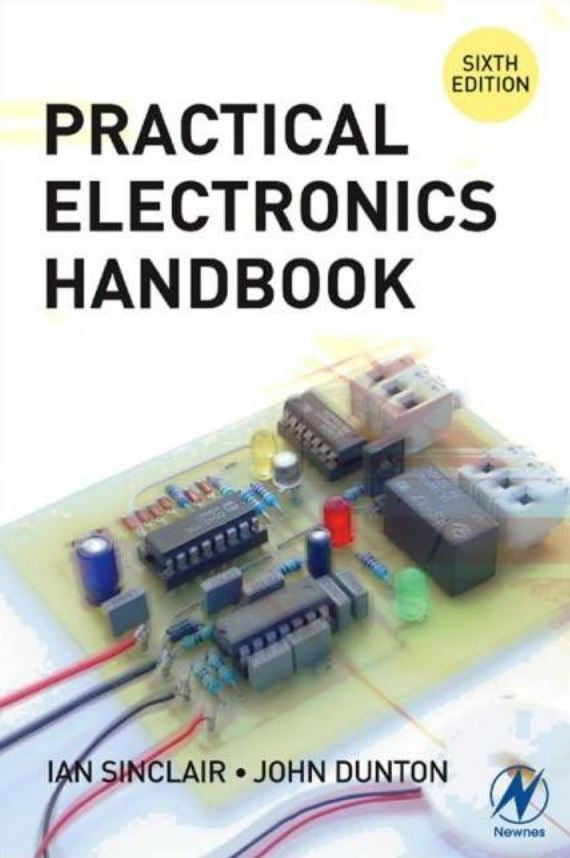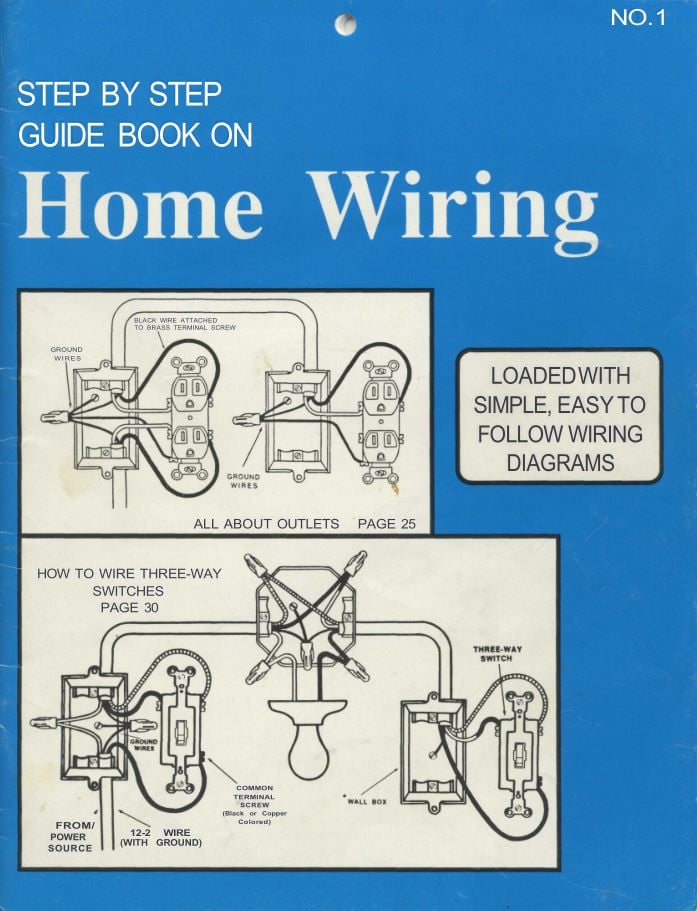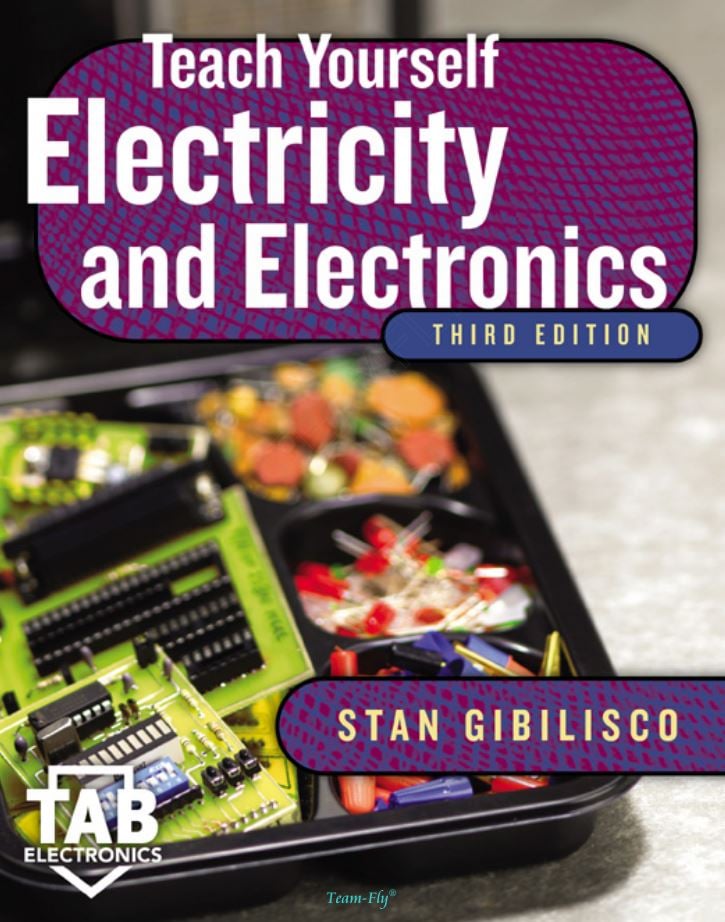
Teach Yourself Electricity and Electronics
On Sale
$3.00
$3.00
Teach Yourself Electricity and Electronics
Basic physical concepts
IT IS IMPORTANT TO UNDERSTAND SOME SIMPLE, GENERAL PHYSICS PRINCIPLES
in order to have a full grasp of electricity and electronics. It is not necessary to know
high-level mathematics.
In science, you can talk about qualitative things or about quantitative things, the
“what” versus the “how much.” For now, you need only be concerned about the “what.”
The “how much” will come later.
Atoms
All matter is made up of countless tiny particles whizzing around. These particles are
extremely dense; matter is mostly empty space. Matter seems continuous because the
particles are so small, and they move incredibly fast.
Even people of ancient times suspected that matter is made of invisible particles.
They deduced this from observing things like water, rocks, and metals. These sub-
stances are much different from each other. But any given material—copper, for
example—is the same wherever it is found. Even without doing any complicated
experiments, early physicists felt that substances could only have these consistent
behaviors if they were made of unique types, or arrangements, of particles. It took
centuries before people knew just how this complicated business works. And even today,
there are certain things that scientists don’t really know. For example, is there a smallest
possible material particle?
There were some scientists who refused to believe the atomic theory, even around
the year of 1900. Today, practically everyone accepts the theory. It explains the behavior
of matter better than any other scheme.
Eventually, scientists identified 92 different kinds of fundamental substances in
nature, and called them elements. Later, a few more elements were artificially made.
Basic physical concepts
IT IS IMPORTANT TO UNDERSTAND SOME SIMPLE, GENERAL PHYSICS PRINCIPLES
in order to have a full grasp of electricity and electronics. It is not necessary to know
high-level mathematics.
In science, you can talk about qualitative things or about quantitative things, the
“what” versus the “how much.” For now, you need only be concerned about the “what.”
The “how much” will come later.
Atoms
All matter is made up of countless tiny particles whizzing around. These particles are
extremely dense; matter is mostly empty space. Matter seems continuous because the
particles are so small, and they move incredibly fast.
Even people of ancient times suspected that matter is made of invisible particles.
They deduced this from observing things like water, rocks, and metals. These sub-
stances are much different from each other. But any given material—copper, for
example—is the same wherever it is found. Even without doing any complicated
experiments, early physicists felt that substances could only have these consistent
behaviors if they were made of unique types, or arrangements, of particles. It took
centuries before people knew just how this complicated business works. And even today,
there are certain things that scientists don’t really know. For example, is there a smallest
possible material particle?
There were some scientists who refused to believe the atomic theory, even around
the year of 1900. Today, practically everyone accepts the theory. It explains the behavior
of matter better than any other scheme.
Eventually, scientists identified 92 different kinds of fundamental substances in
nature, and called them elements. Later, a few more elements were artificially made.


